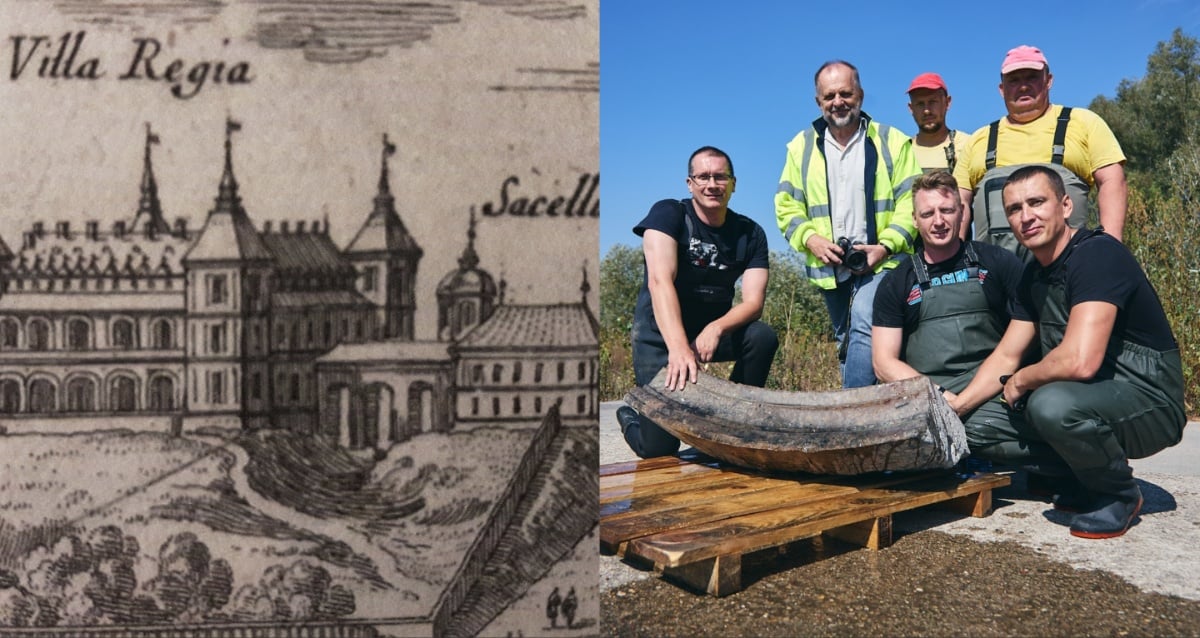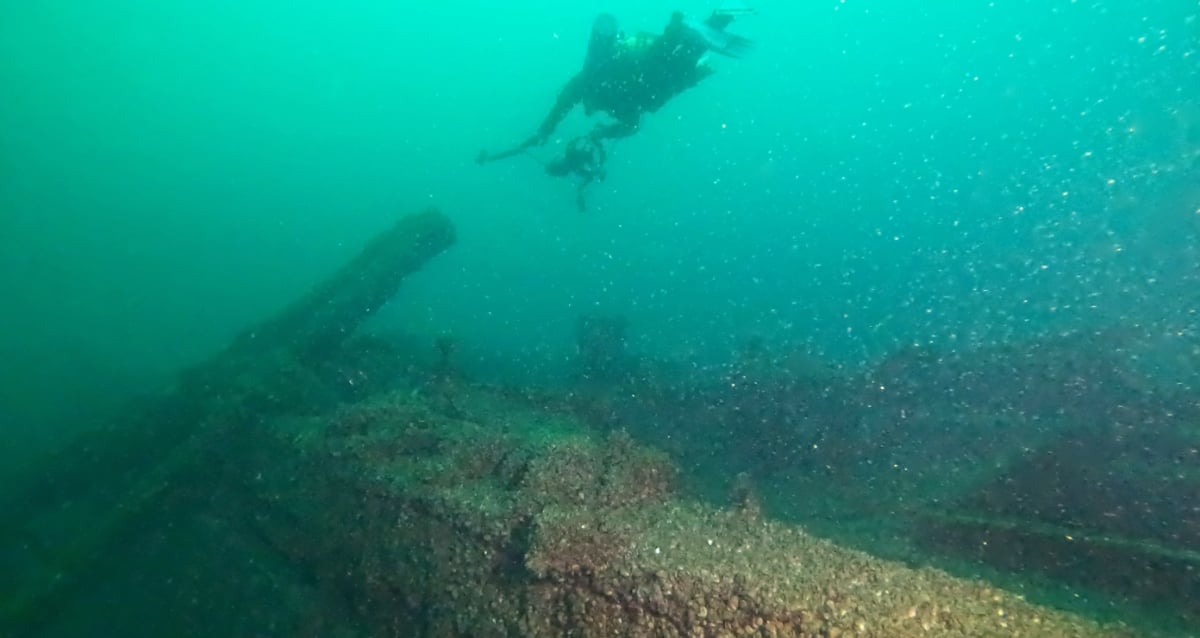Secrets Unearthed: Looted Artifacts from 17th-Century Polish Palace Resurface in Warsaw River After Centuries
Imagine a royal palace so grand that when invading Swedes tried to cart it off piece by piece in the 17th century, they literally sank their loot in the Vistula River—talk about a historical game of “drop it like it’s hot.” Nearly 400 years later, these submerged treasures are emerging from the murky depths, offering archaeologists a chance to piece together the past one hefty stone at a time. What’s wild is that instead of a quick plunder-and-run, we get a centuries-long treasure hunt fueled by dipping river levels and some serious dedication from the Polish History Museum. They’re not just dusting off rubble—they’re resurrecting the Villa Regia’s majestic staircase and stories, reminding us how history refuses to stay buried forever. Curious how a sunken barge turned into a time capsule of royal splendor and Swedish swagger? Dive in and discover the saga that’s as much about lost grandeur as it is about the river that refused to keep its secrets. LEARN MORE
The palace, the Villa Regia, was carried off in pieces by invading Swedes in the 17th century, but many of the pieces were inadvertently lost in the Vistula River.

Muzeum Historii PolskiA piece of the looted palace that has been recovered from the river.
Almost 400 years ago, an invading Swedish army attacked a newly built summer palace in Warsaw. As the Swedes retreated, they took several pieces of the structure with them — but they overloaded a barge, which then sank in the Vistula River. Slowly but surely, however, those long-lost pieces are now coming to the surface.
Thanks to a decades-long archaeological project — as well as historically low water levels — archaeologists have been able to recover huge chunks of the lost royal residence. These pieces will go to the Polish History Museum, which is steadily reconstructing the palace out of the recovered parts.
Recovering Pieces Of The Villa Regia

Muzeum Historii PolskiArchaeologists at the Vistula River. Though annual projects at the site have ceased, archaeologists still check the river for pieces of the palace.
According to a statement from the Polish History Museum, archaeologists have been working to recover pieces of the palace, the Villa Regia, since the first fragments emerged in 2011. Since then, they’ve recovered roughly 22 tons of material, much of it coming from a “breakthrough” year in 2015. But while regular projects at the site have ceased, archaeologists have continued to check the river for more remnants of the palace.
And this year, with the water level of the Vistula River at a historic low, they found some incredible pieces of the lost Villa Regia.
Specifically, archaeologists were able to recover pieces of the Villa Regia’s “monumental staircase.” They found a 440-pound fragment of an arcade arch, which historians will be able to fit into the palace reconstruction at the Polish History Museum, as well as a section of a pillar, which will provide new insights into the staircase’s dimensions.
“The monuments excavated today will enhance the large collection of exhibits from the 17th-century royal residence Villa Regia located in the Museum of Polish History,” Krzysztof Niewiadomski, Deputy Director of the Polish History Museum for Program Affairs, remarked. “Based on these, we are preparing one of the most impressive installations of the permanent exhibition — the reconstruction of the palace staircase.”

Muzeum Historii PolskiTwo large chunks of the Villa Regia’s staircase were recovered during the recent expedition.
Historians will also seek to use the palace fragments to tell the larger story of Poland’s history, as well as the 17th-century Swedish invasion known as the “Deluge.”
The Rise And Fall Of The Villa Regia
The Villa Regia was built between 1637 and 1642 as a summer residence for King Władysław IV Vasa. According to the Polish History Museum, it was “one of the most magnificent residences of 17th-century Europe.” It had an especially impressive western loggia, an exterior gallery or corridor, which was likely erected after the king married Cecilia Renata Habsburg.
But then, between 1655 and 1660, the Swedes invaded in what Poland calls the “Swedish Deluge.” During that period, Polish media reports that Poland’s population plummeted by 40 percent and that 188 towns, 186 villages, 136 churches, 30 mills, 10 breweries, 81 castles, and 89 palaces were destroyed by the Swedes. One of those palaces was the Villa Regia.

Public DomainA depiction of the Villa Regia in the 17th century, before it was looted by the Swedes.
As the Swedes retreated from Warsaw in 1656, they packed the pieces of the Villa Regia on a barge. However, the barge was overloaded and sank, preserving the stone artifacts at the bottom of the Vistula River for centuries.
Now, with 22 tons of material from the palace dredged up from the riverbed, the Polish History Museum is working to reconstruct part of the Villa Regia.

Muzeum Historii PolskiPart of the Villa Regia reconstruction project at the Polish History Museum. The newly recovered pieces of the palace will eventually be added to the display.
Starting in 2027, visitors will be able to visit the reconstruction of the Villa Regia’s facade at the Polish History Museum, an exhibition which the museum calls “a testimony to the past glory and the dramatic fate of 17th-century Warsaw.”















Post Comment